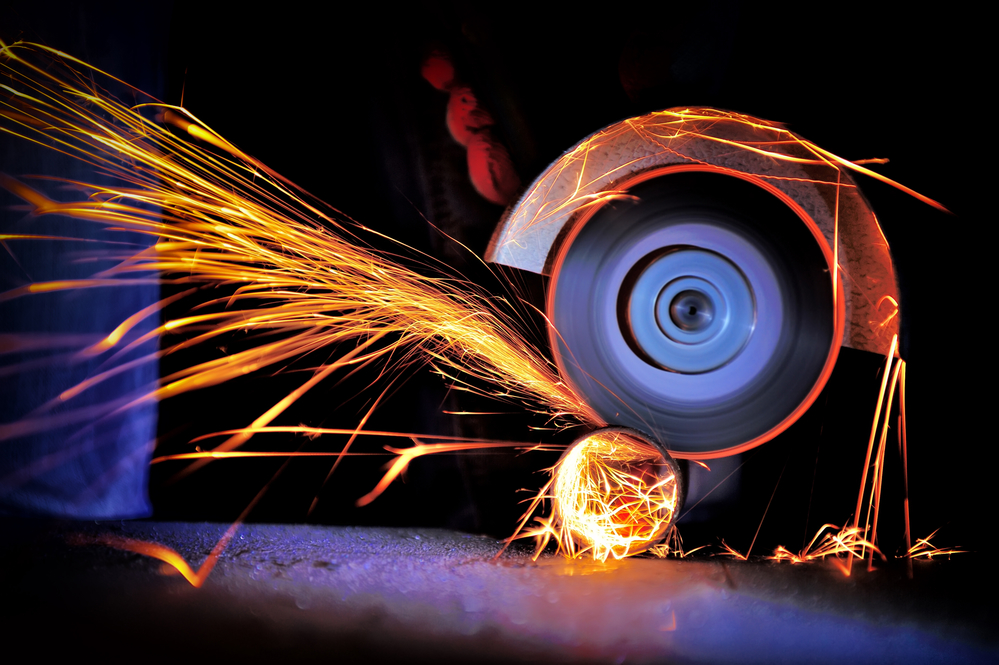
Although it is a necessary part of modern manufacturing, sheet metal fabrication is not an environmentally friendly industry. Over the past several years, sheet metal technology and techniques have created greener processes. It’s easy to find examples of ways that the industry has worked to consume less power, rely less upon toxic chemicals, consume less water, and to generate less waste. Still, there are more improvements that need to be made in sheet metal fabrications before it could ever be considered an environmentally sustainable industry.
Exploring Environmental Sustainability Issues With Sheet Metal Fabrication
These are key issues with sustainability and the sheet metal industry:
Power Use
The processes that have to be used to change sheet metal into useful products consume a lot of energy. Each stage of the process, including the actual fabrication, transportation, and distribution, consumes its own share. To save money and help with the environment, many manufacturers have begun to look into more eco-friendly technologies and business processes. When companies work to use energy more efficiently, they can save money and reduce their greenhouse gas emissions.
Using Raw Materials
Naturally, most products that sheet fabrication uses come from non-renewable resources. These include ore and minerals. Good recycling of these materials can help somewhat with the issue of using raw materials in a more sustainable way. Sheet metal manufacturers that can focus upon reuse and recycling can conserve materials and reduce their own costs.
Dangerous Chemicals
The process to fabricate sheet metal uses different solvents, surface treatments, cutting agents, and more. These chemicals are often toxic, so they are hard to work with and difficult to dispose of. This can create environmental hazards within the manufacturing plant and within the community. Researchers have been looking into ways to minimize the impact of these chemicals and safer substitutes that might be used. Manufacturers can help protect their employers and the environment by relying less upon dangerous chemicals.
Water Use
Sheet metal makers need to use lots of water. Water acts as a dust suppressant, coolant, and cleaner. In some areas, this reliance upon fresh water adds an expense and even puts a drain upon a critical resource. In some countries, there may be better alternatives than always relying upon fresh water. Some examples include desalination of sea water or grey water. Reduction of a reliance upon fresh water can also lower costs and help make sheet metal fabrication more sustainable.
Handling Waste
Lots of non-degradable waste products come out of the sheet metal process. This material has to get disposed of or reused in some way. In recent years, new technology has helped reduce waste and improve waste management. The problem isn’t as large as it used to be, but handling waste is still another issue that needs addressing.
Why Address Sheet Metal Sustainability Issues?
Sheet metal fabricators have made improvements in the sustainability of the industry. At the same time, there is still a lot of work to be done. Typically, improvements help manufacturers cut costs and preserve the natural environment.
